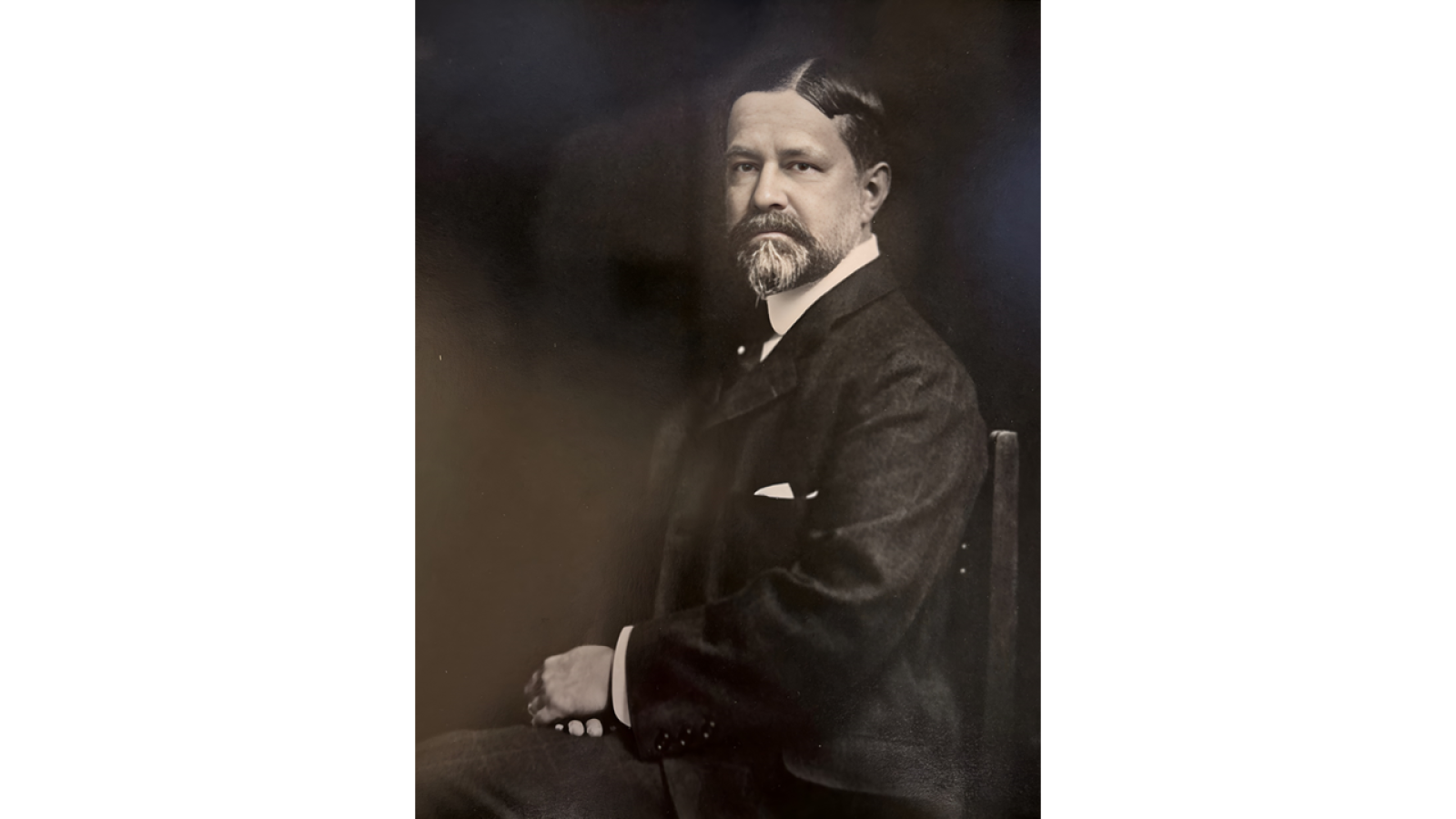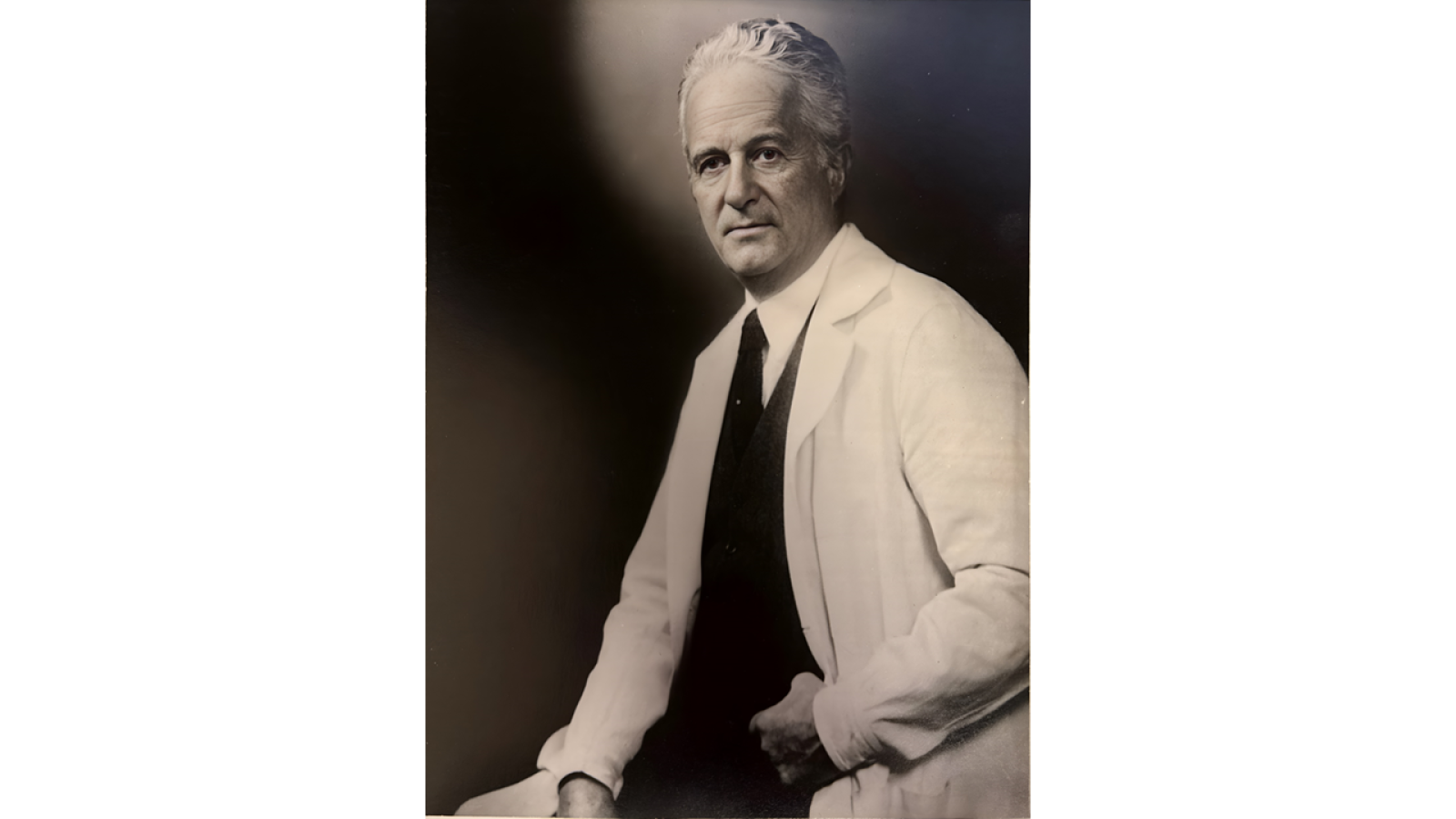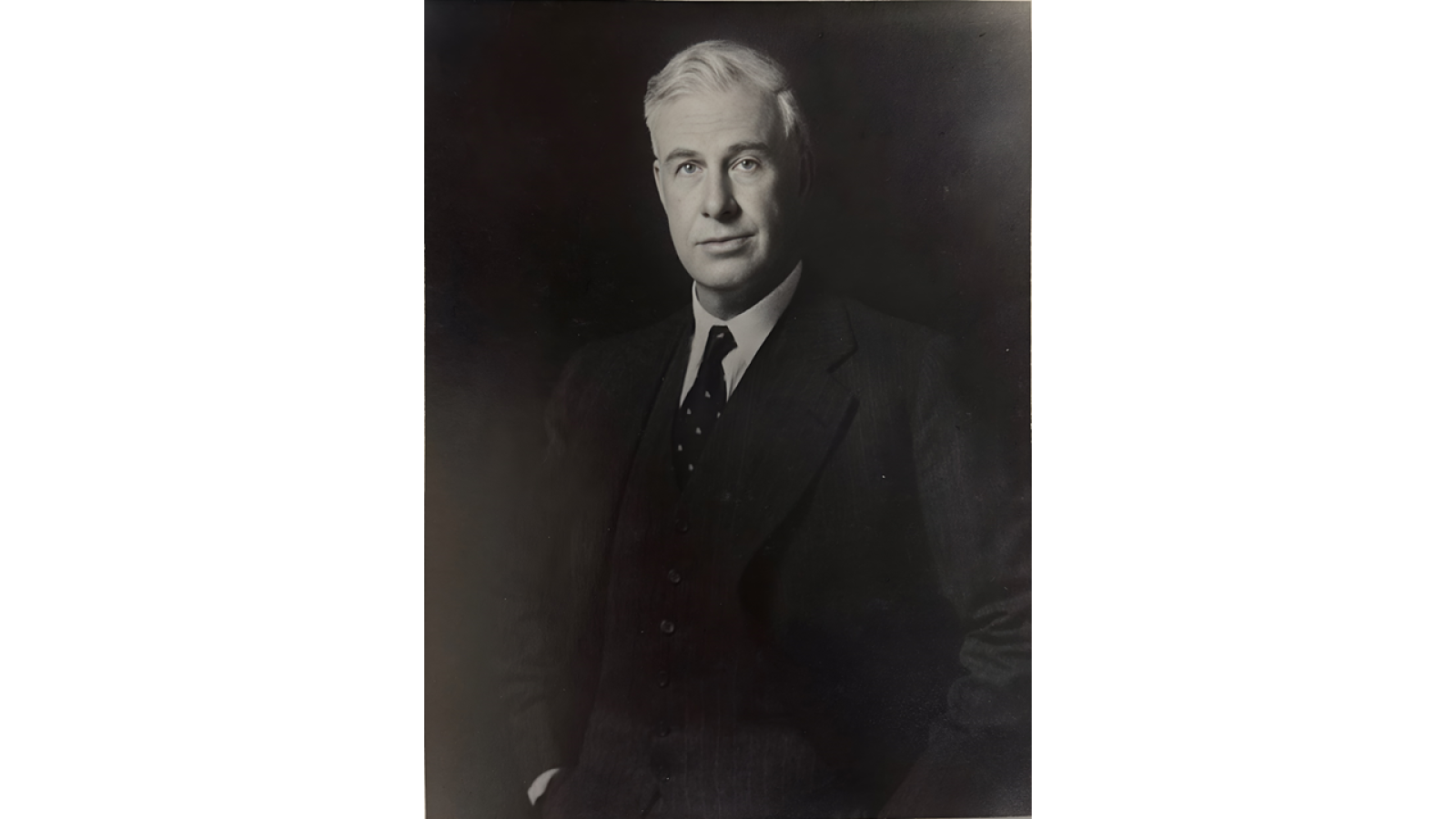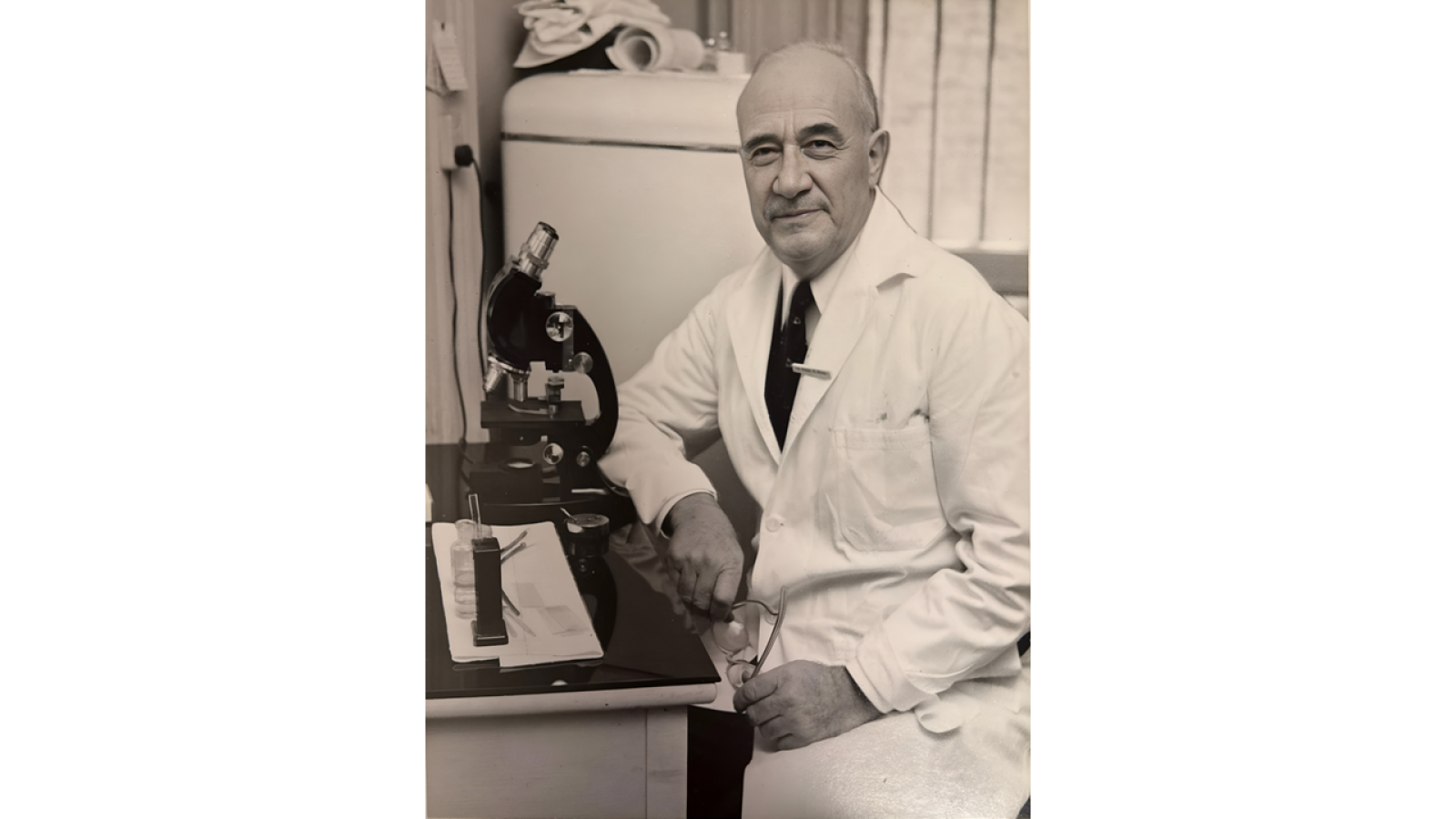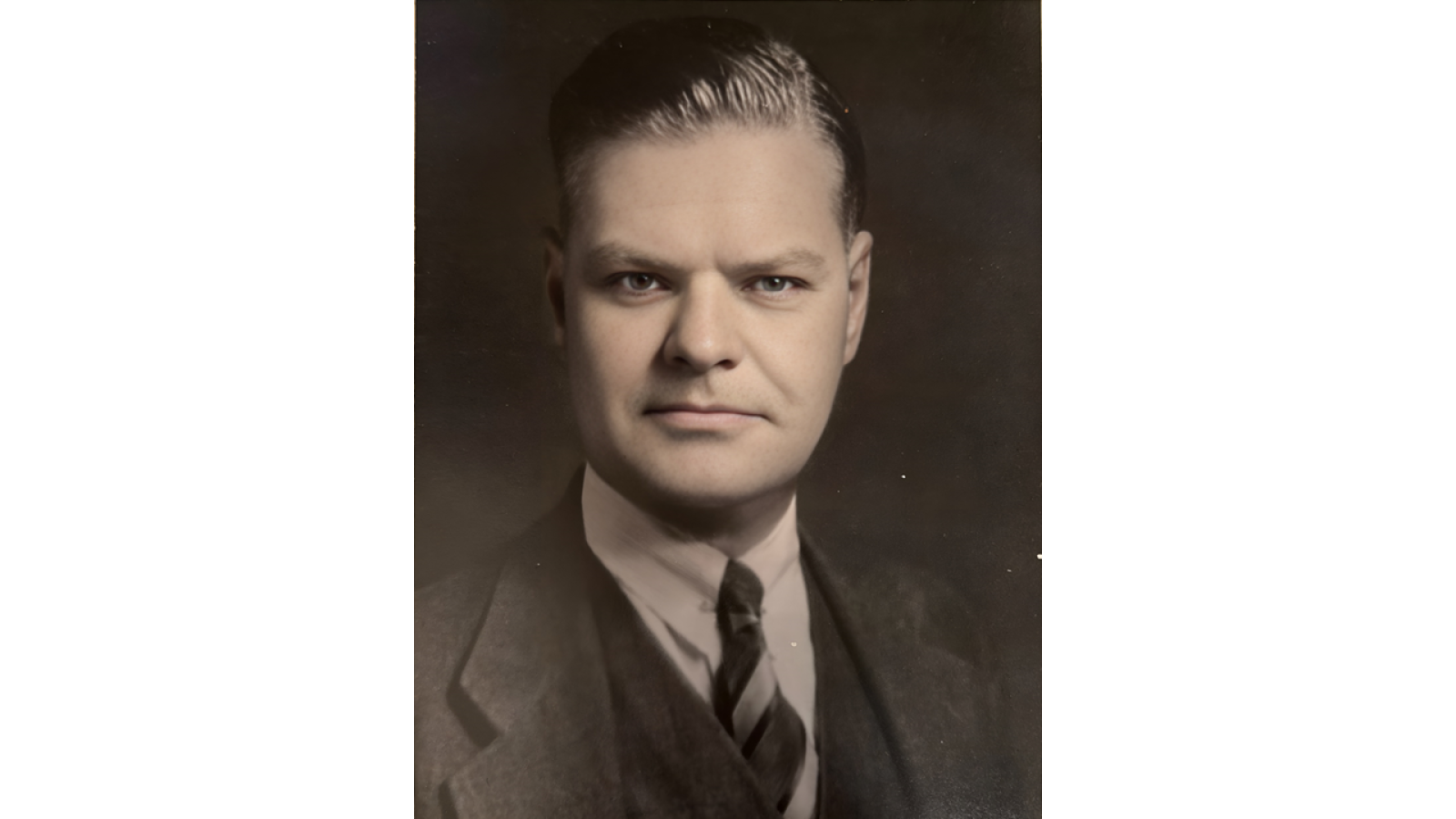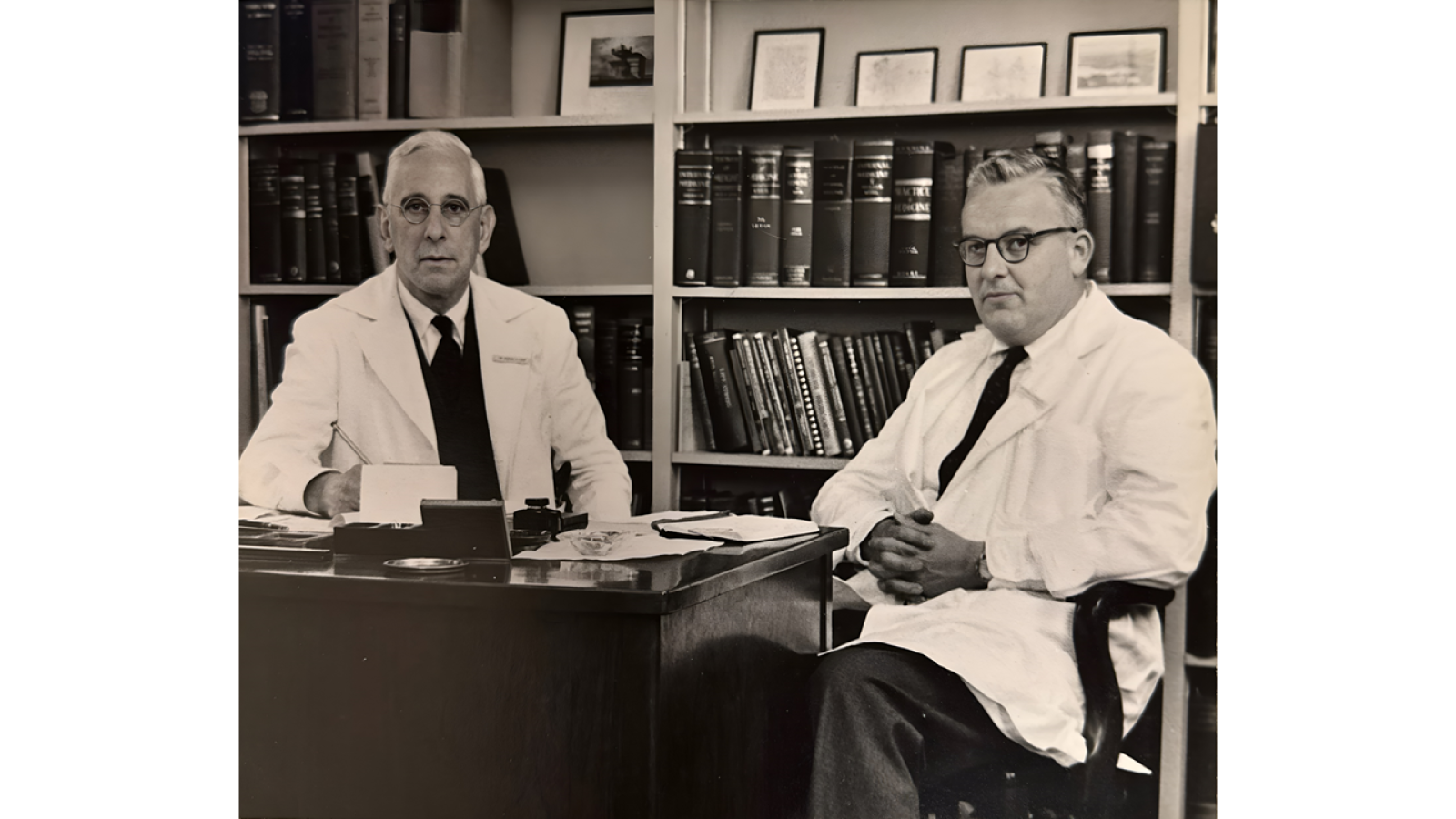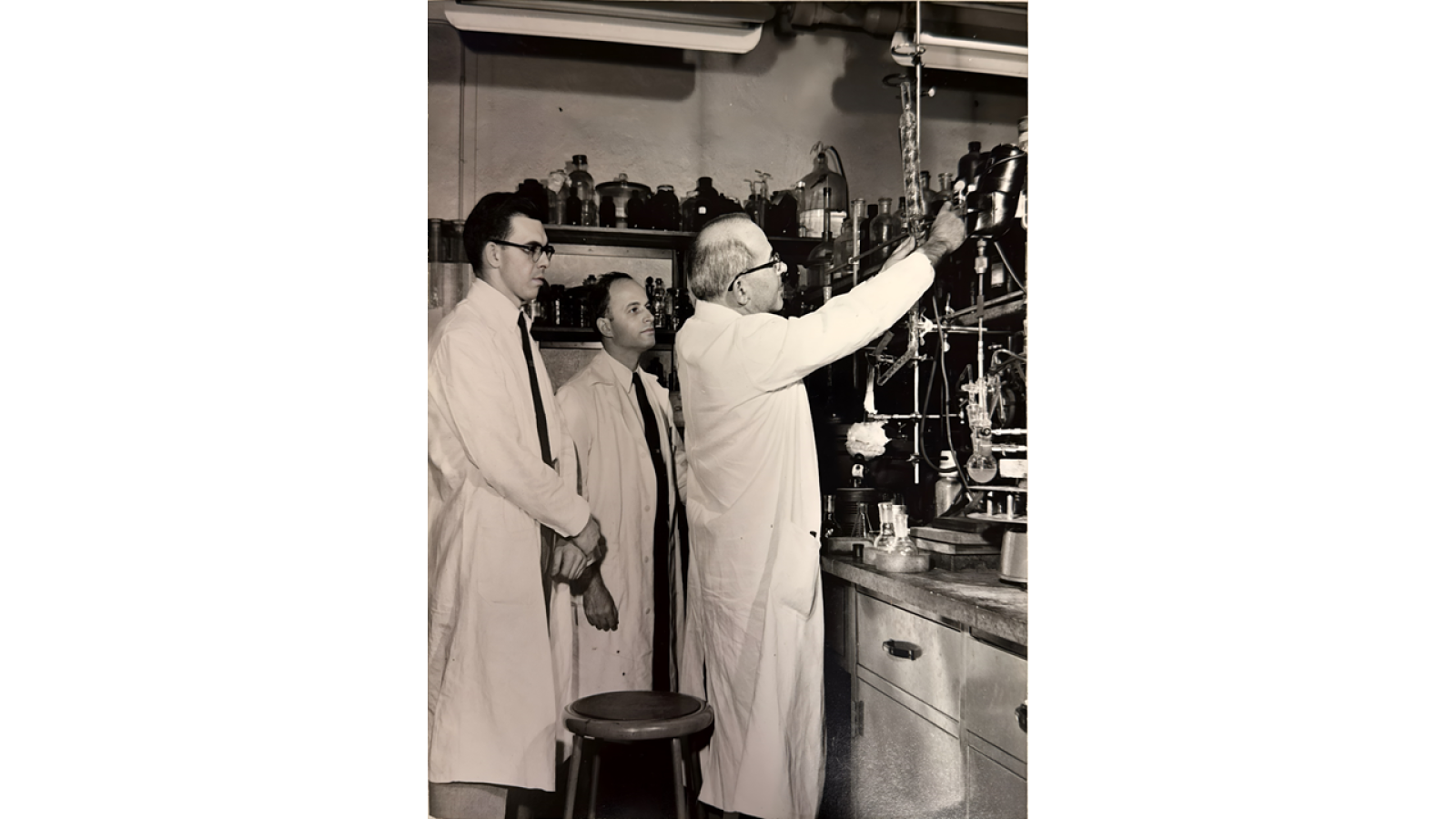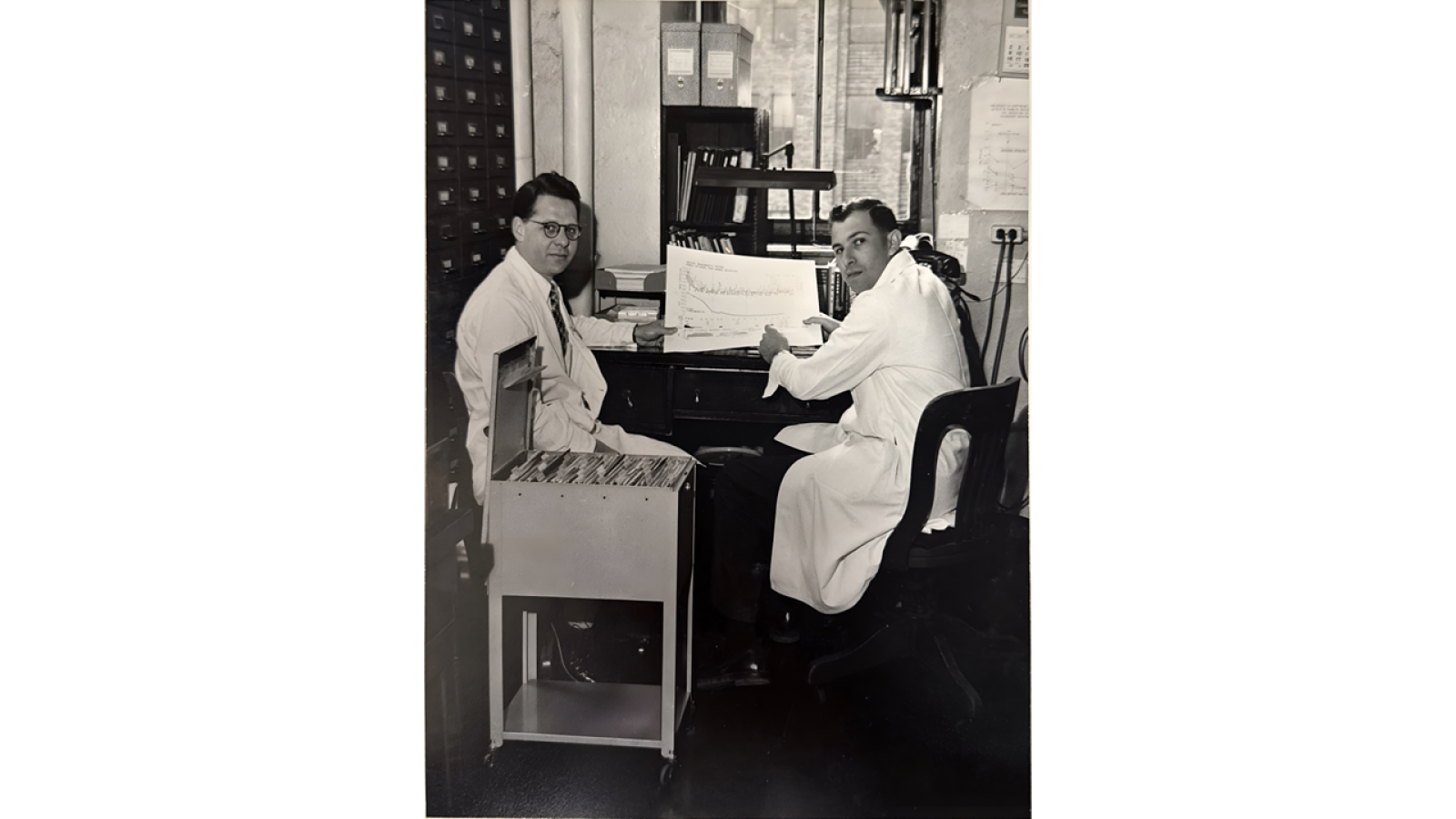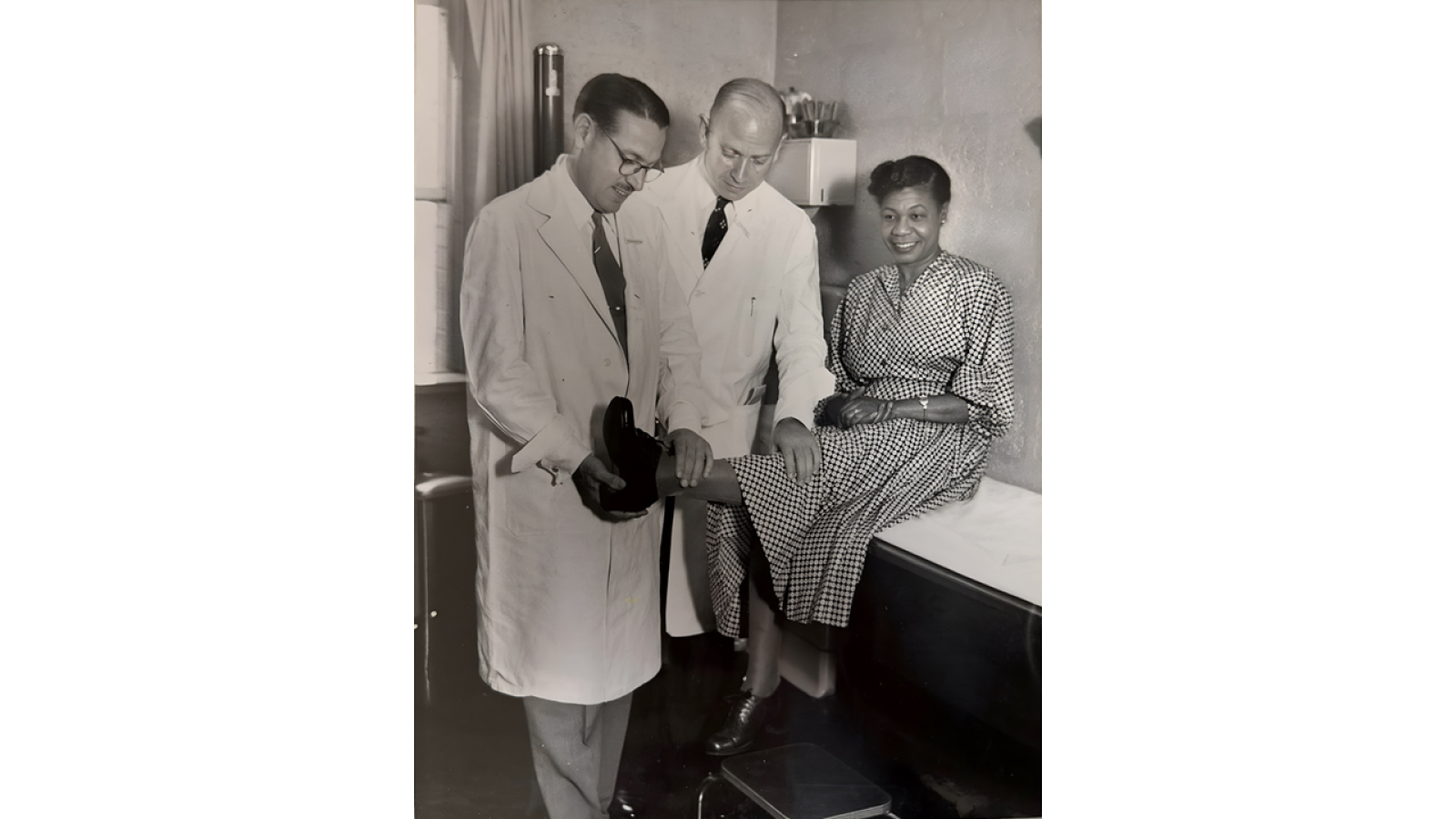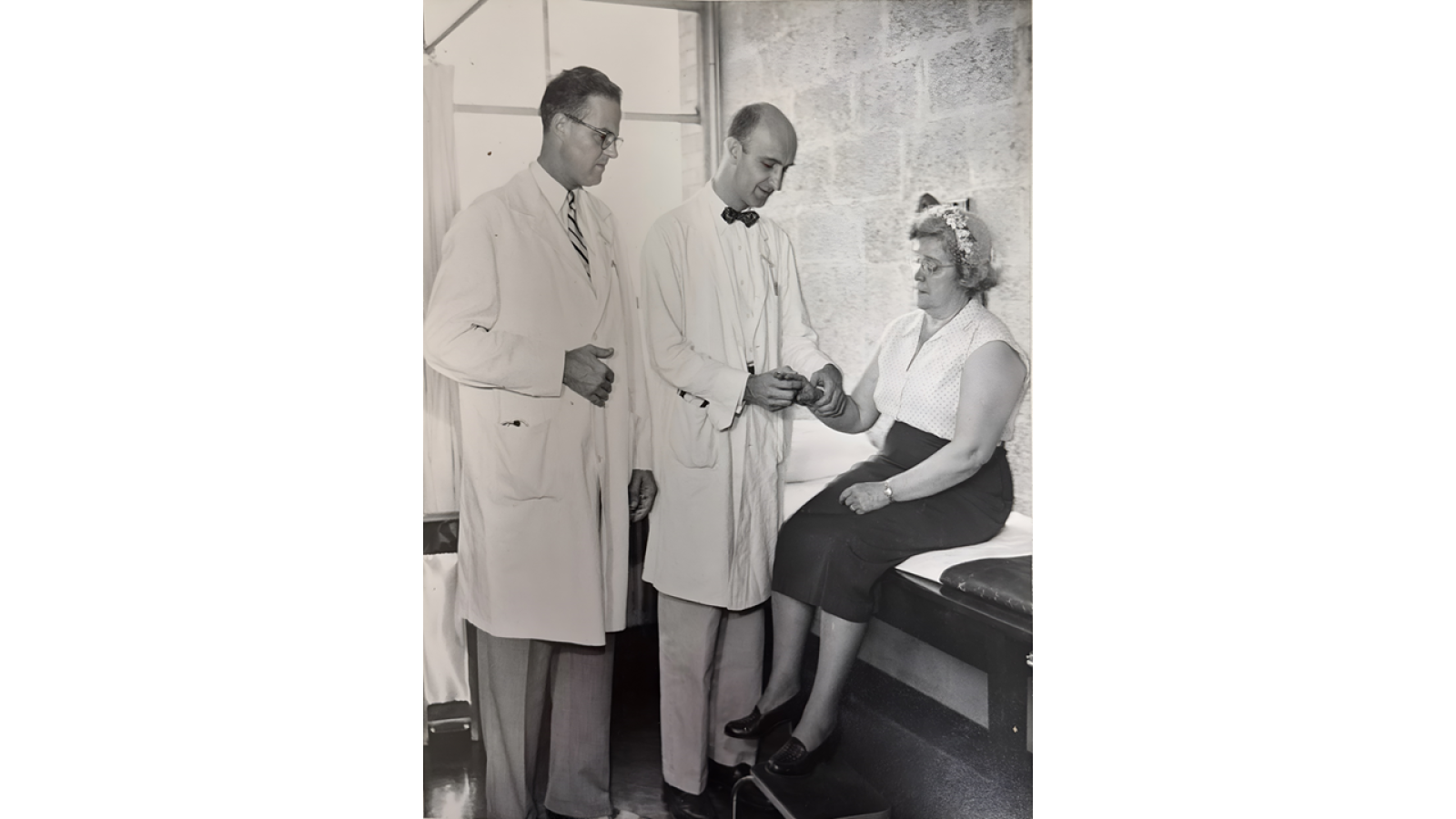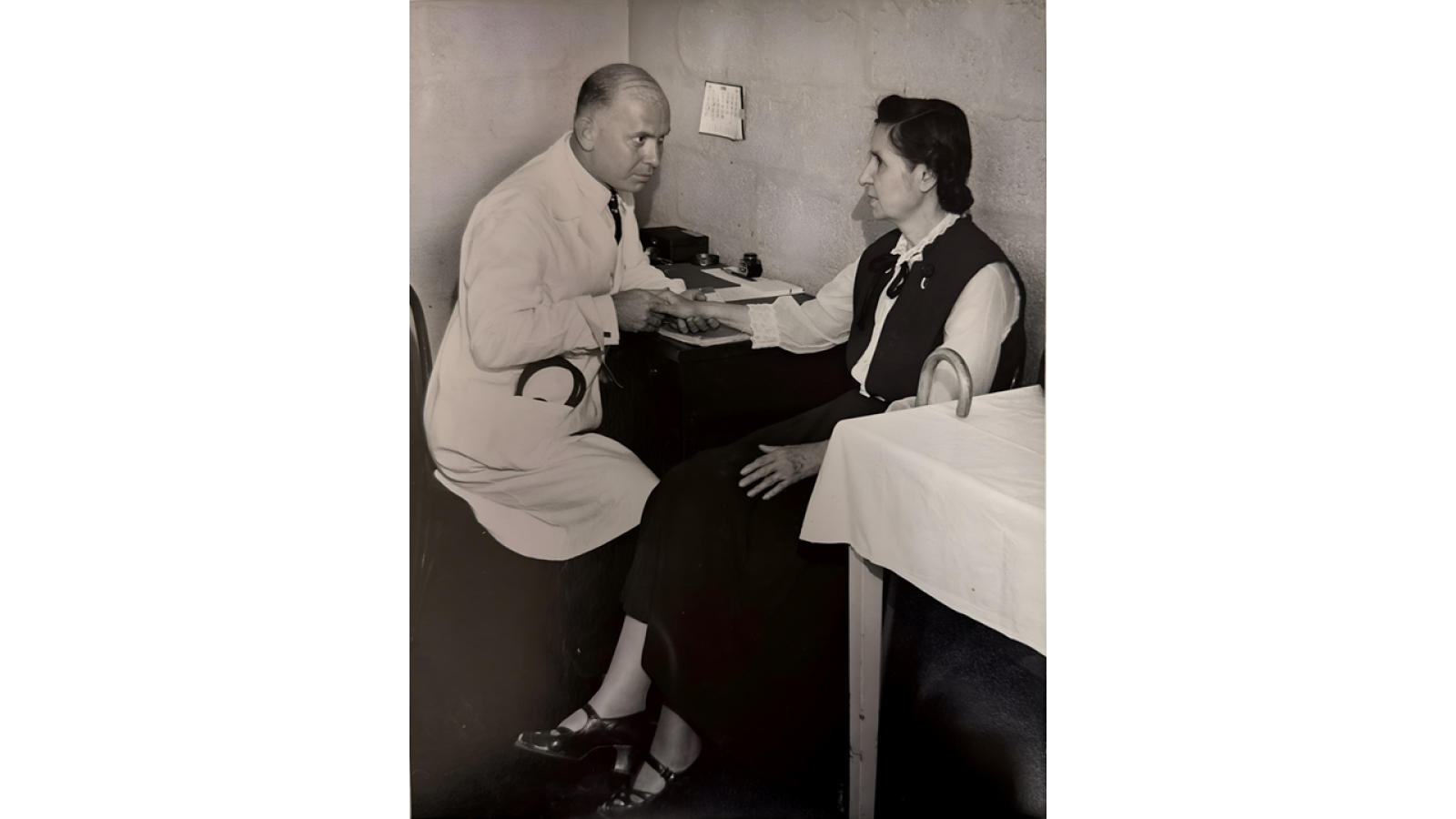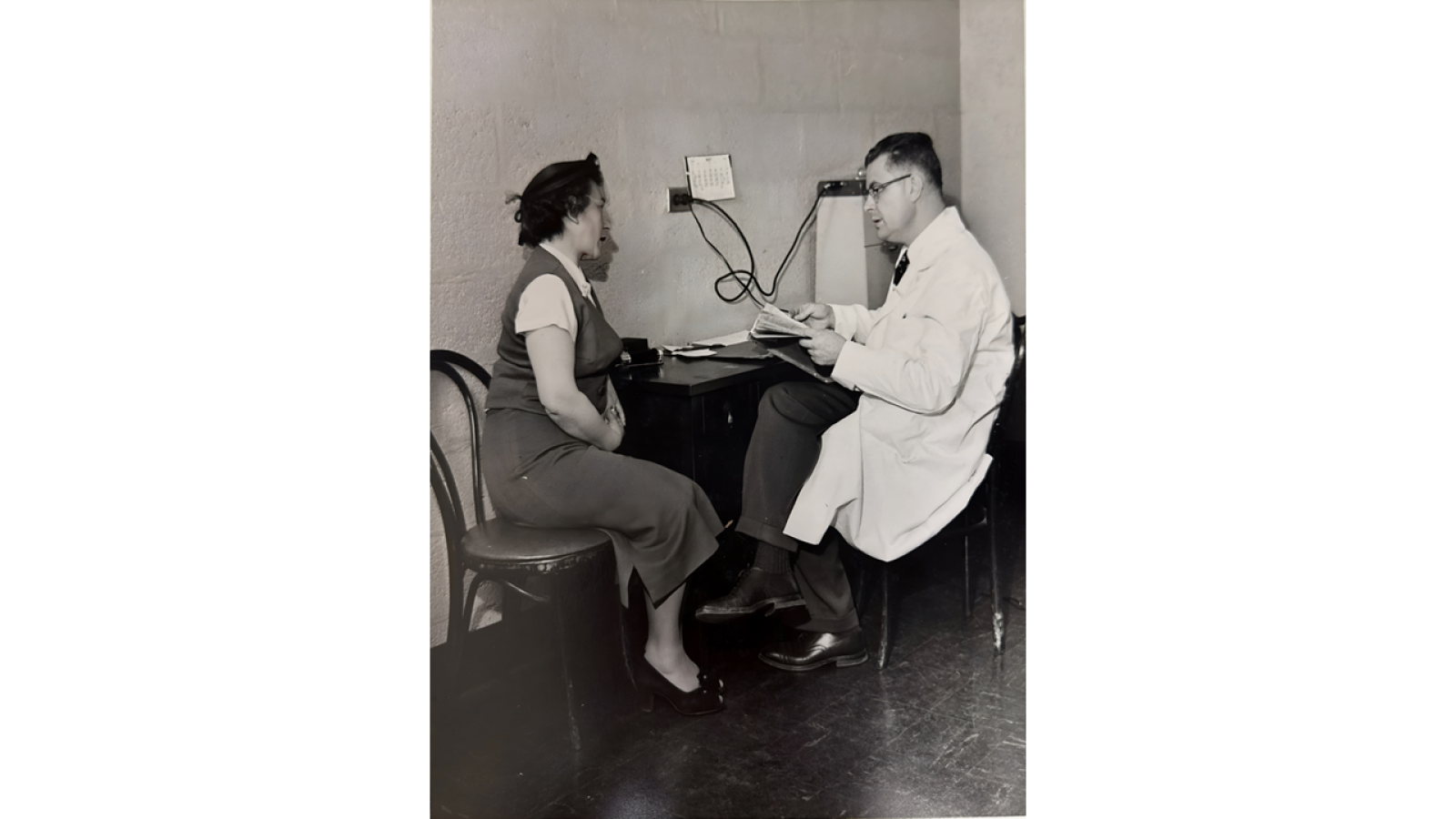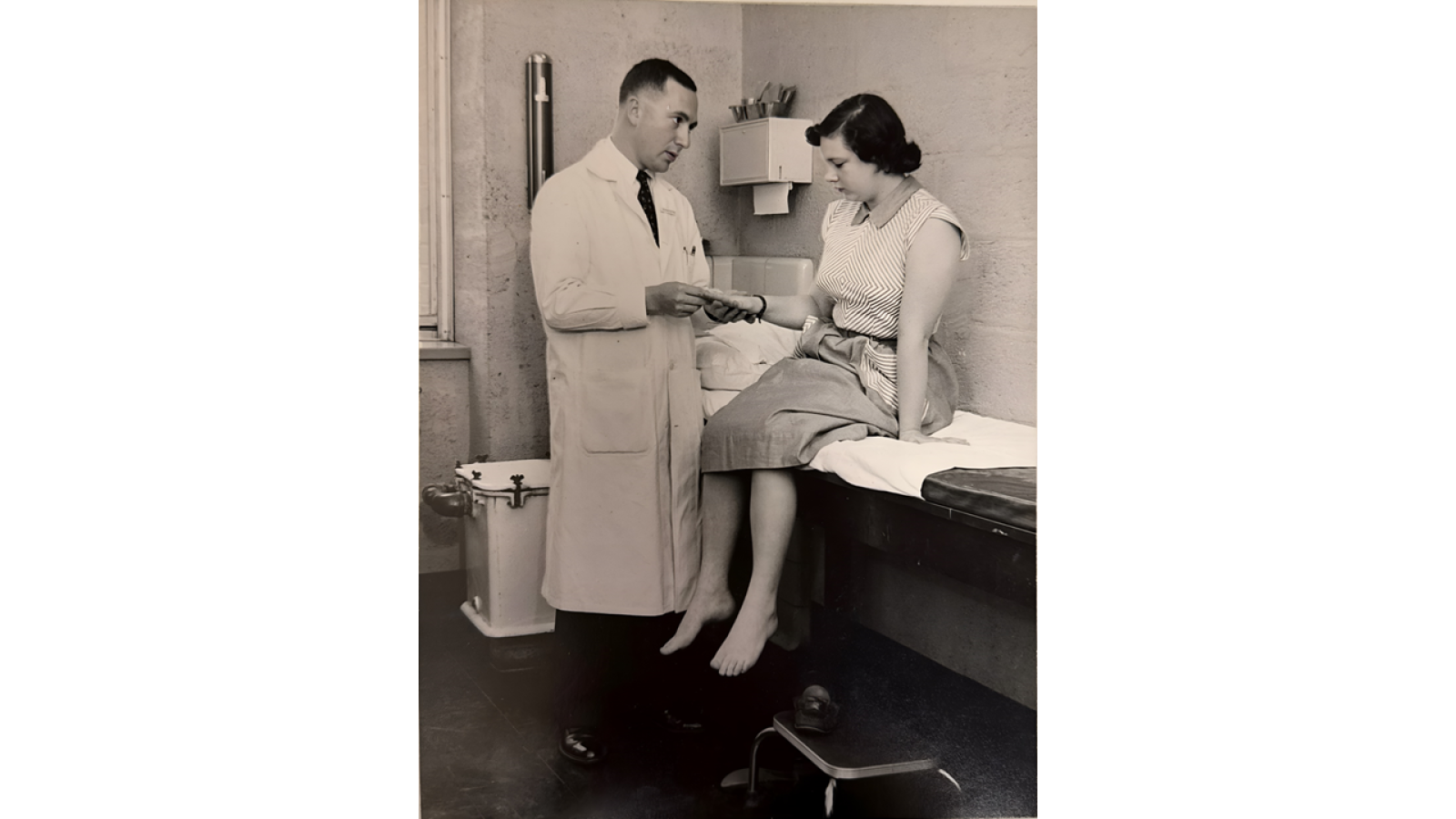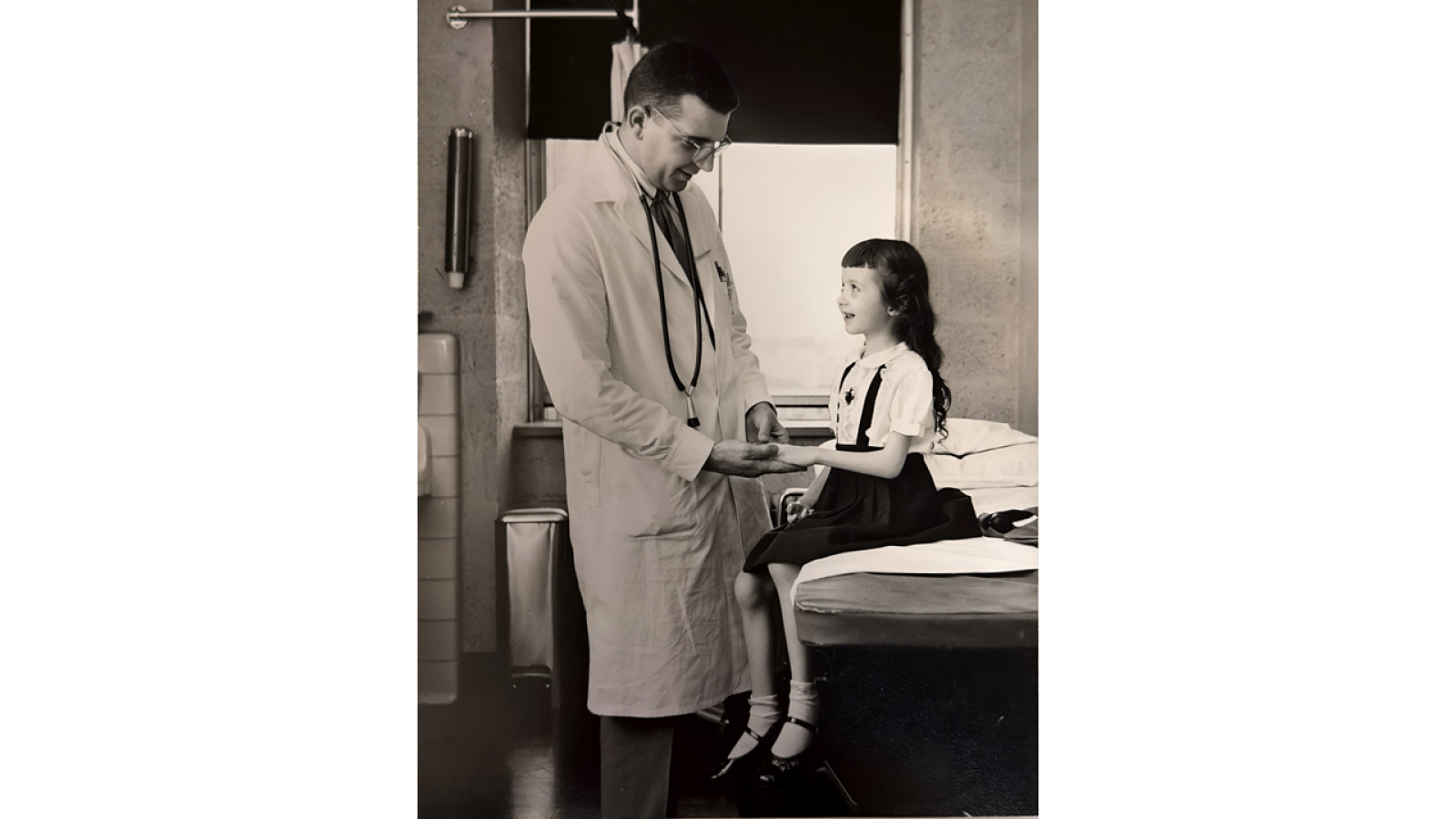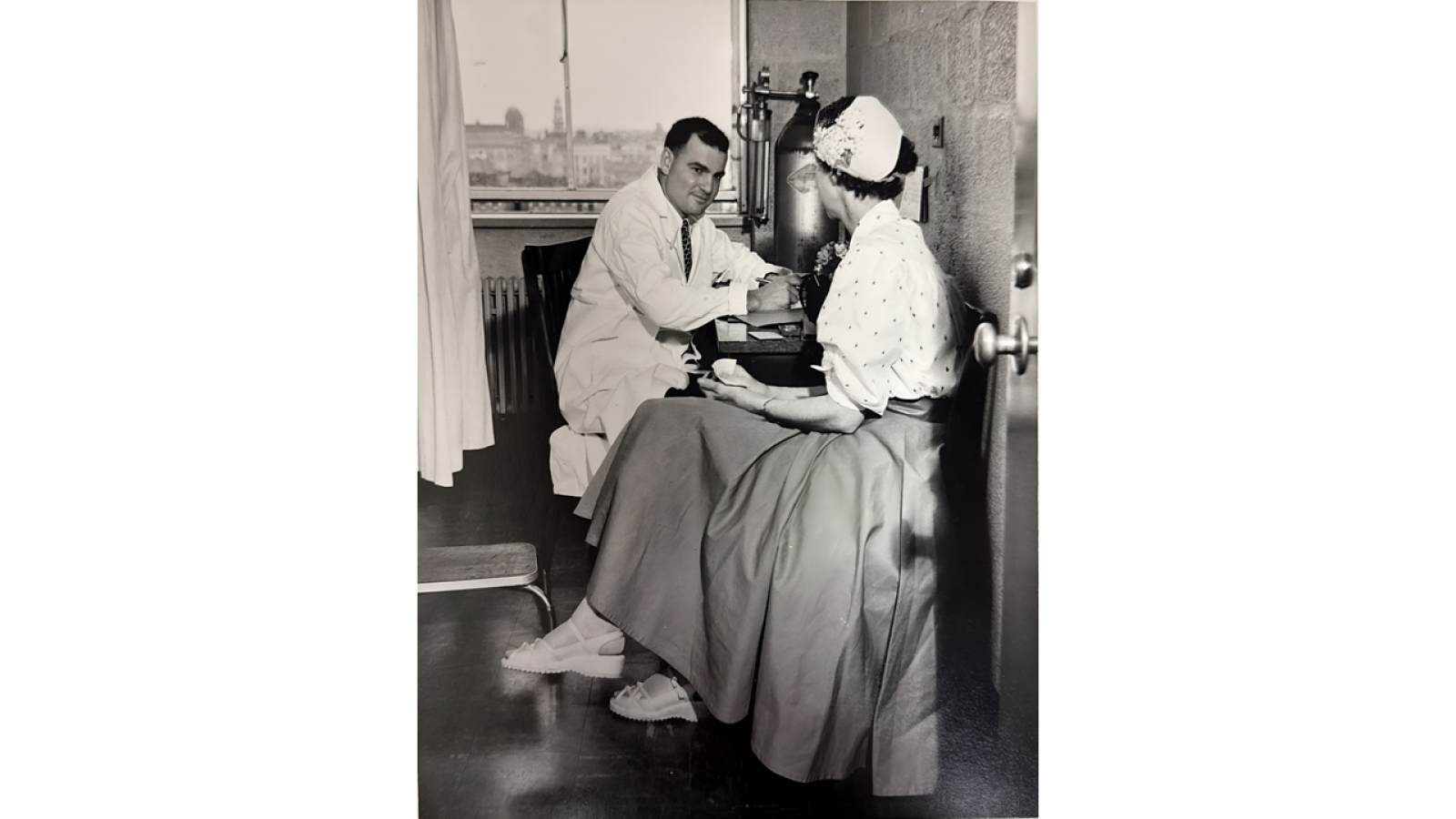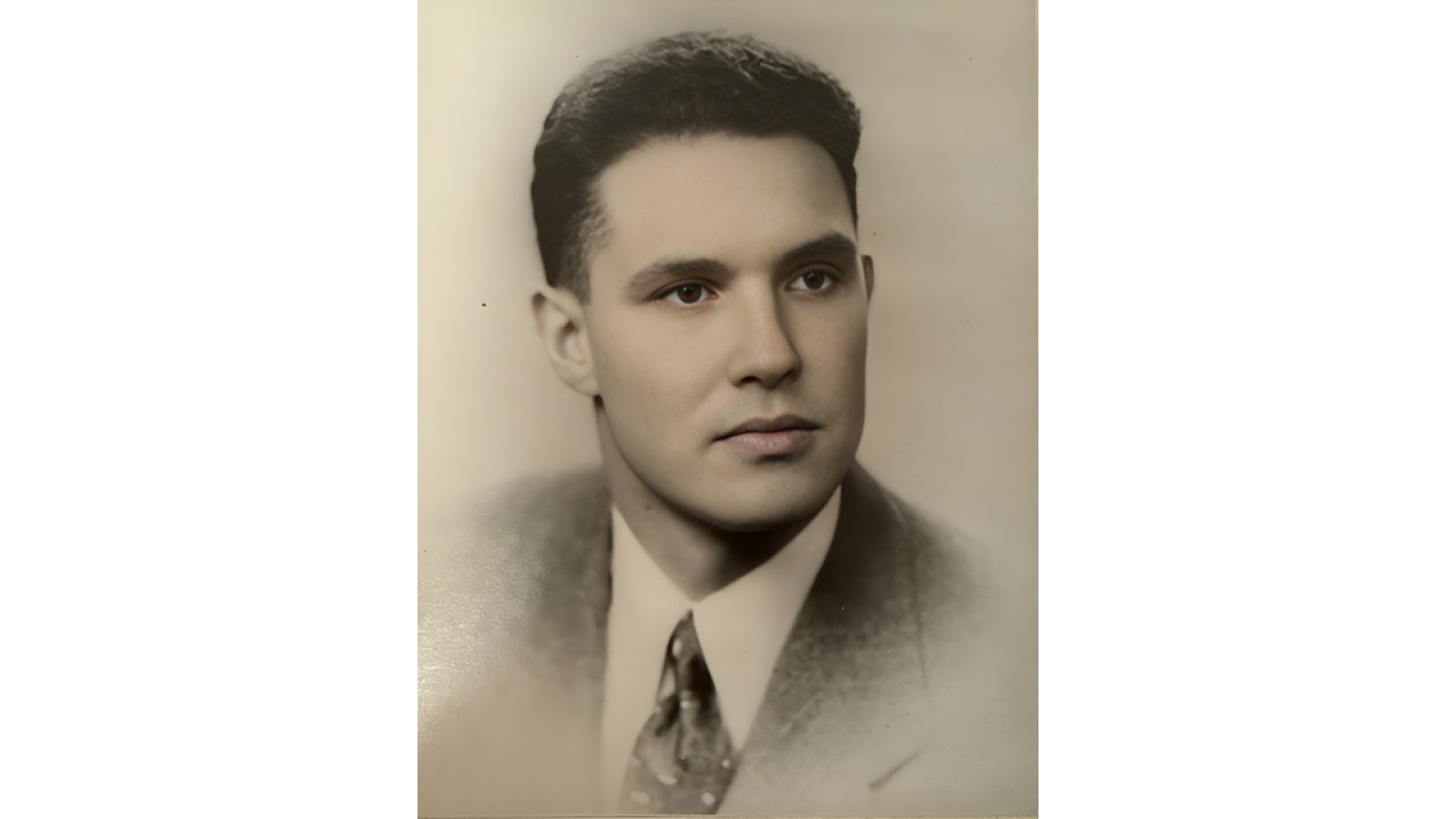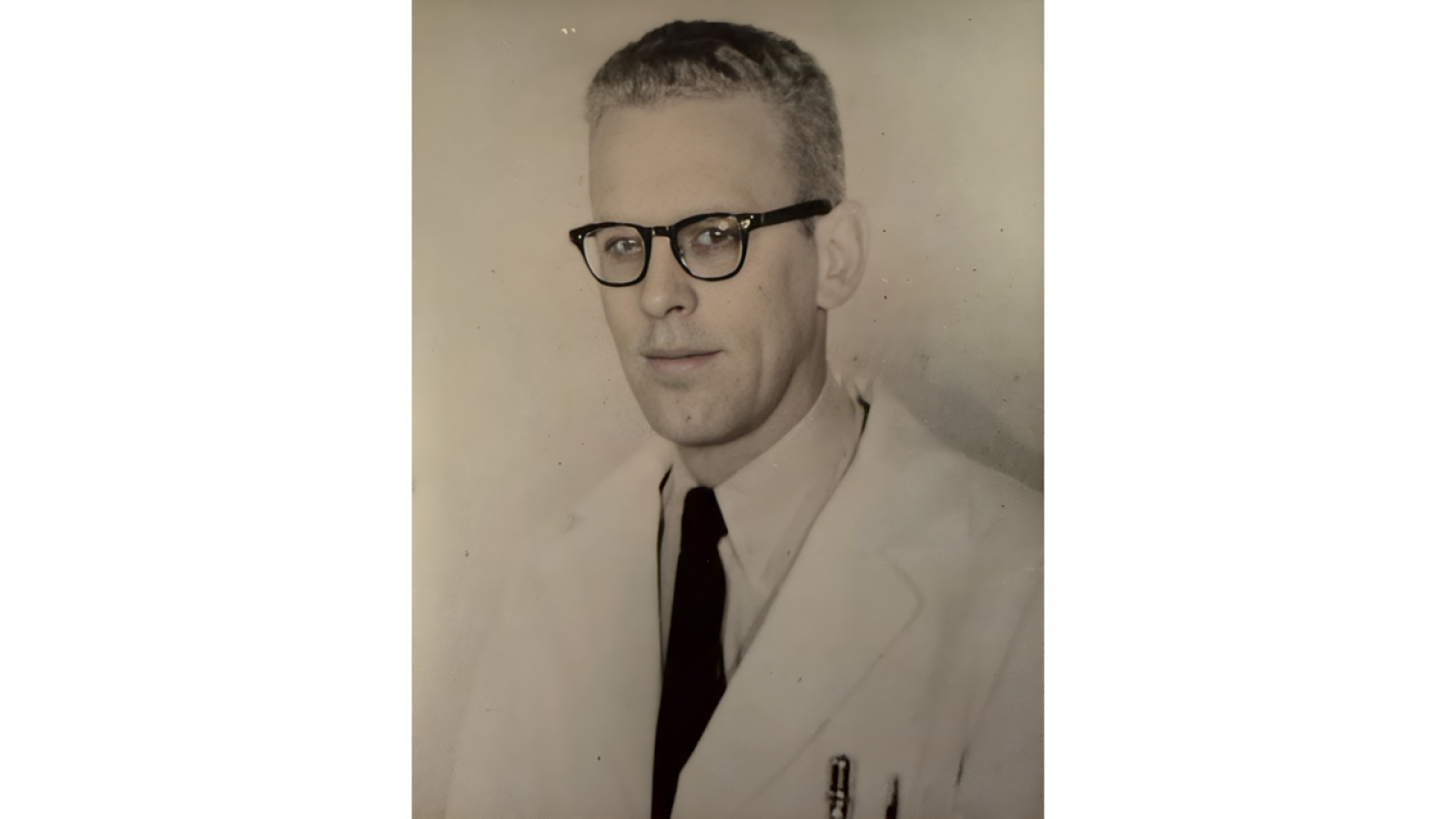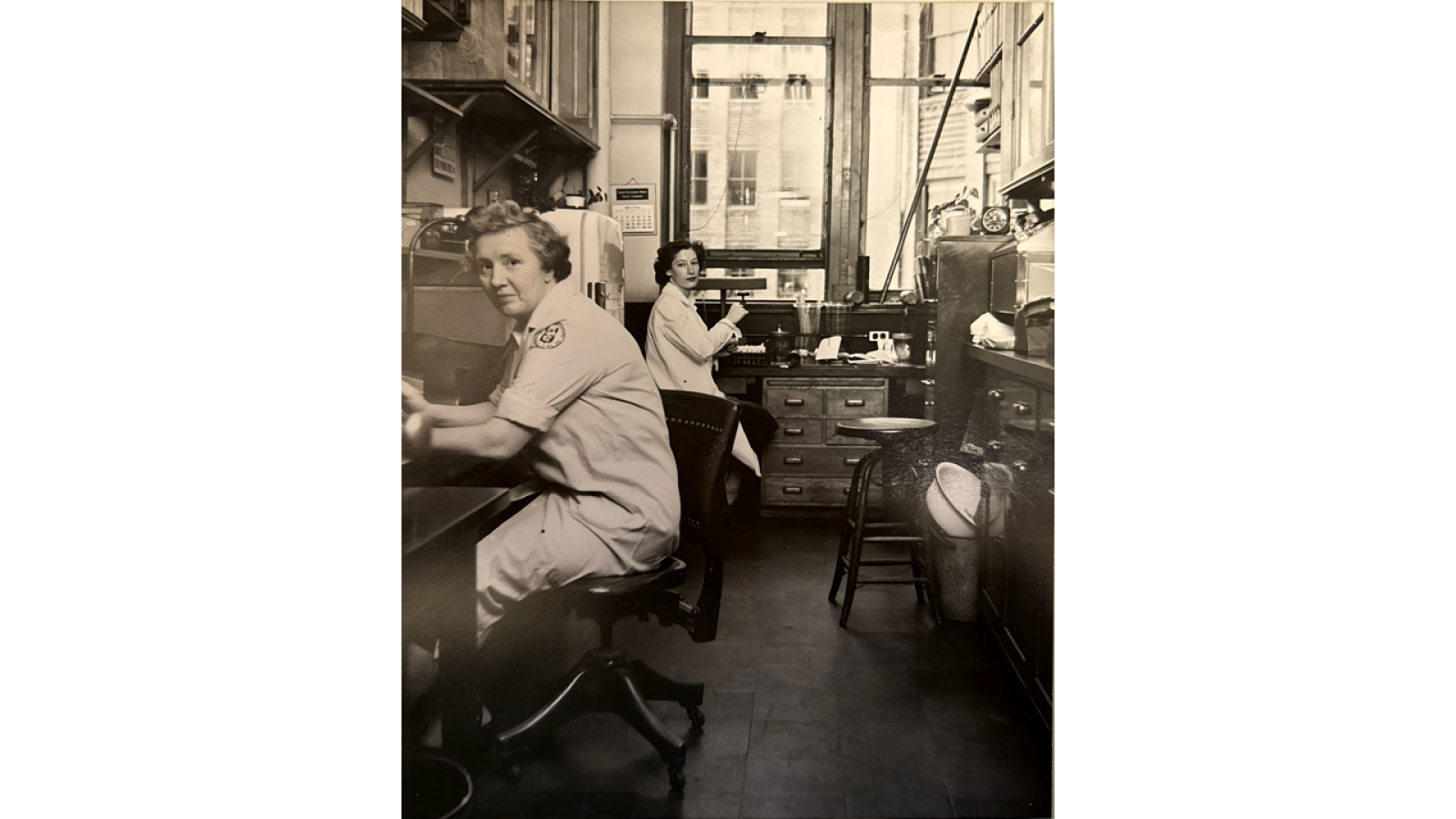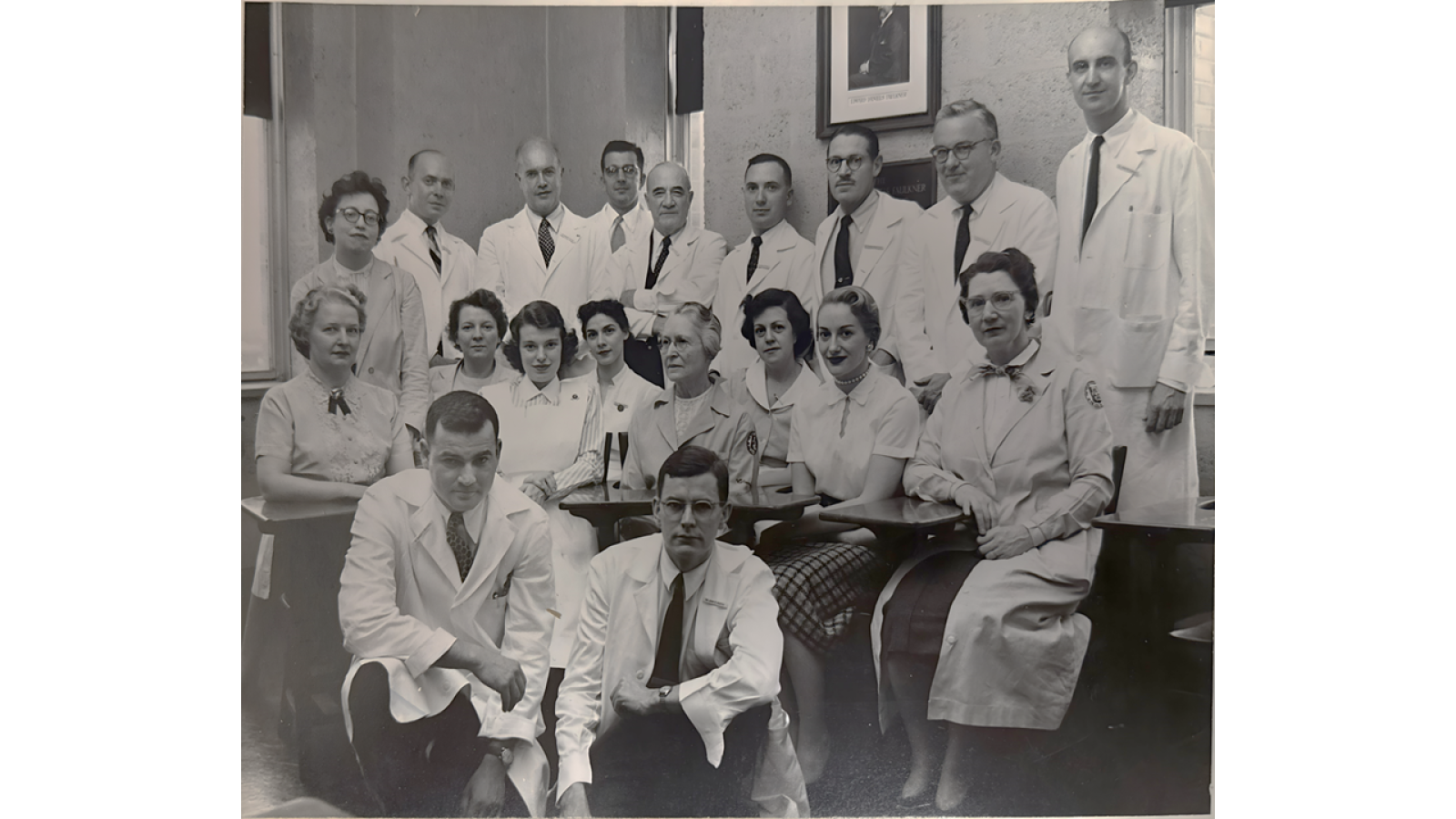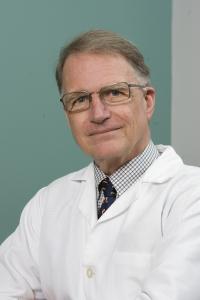History

1929
Edward Daniels Faulkner Clinic for Arthritis is established at the Columbia-Presbyterian Hospital
This clinic is the first clinical and research unit dedicated to rheumatic diseases in the country. Ralph H. Boots, MD, a practicing rheumatologist, becomes the Faulkner clinic’s first director. Together with Martin Dawson, MD, a colleague from the Rockefeller Institute, they establish the clinical and research arms of the clinic and ultimately establish the first rheumatology fellowship program in New York.
1948
Groundbreaking Discovery of Rheumatoid Factor
A product of the Columbia fellowship program, Charles Ragan, MD, is appointed the next Director of the Faulkner Arthritis Clinic in 1946 and the first Rheumatology Division Chief at Columbia. An astute and gifted scientist as well as a brilliant physician, Dr. Ragan, together with Harry Rose, MD, Chairman of the Department of Microbiology, make the groundbreaking discovery of rheumatoid factor and its link to rheumatoid arthritis, charting new ground with this breakthrough.
Dr. Ragan's appointment makes him the first rheumatology Division Chief at Columbia. An astute and gifted scientist as well as a brilliant physician, he recruits Charles Christian, MD, who then succeeds him as division chief.
1960's
Charles Christian, MD, Becomes Division Chief
Dr. Charles Christian is recruited as the next Division Chief of Rheumatology and makes important contributions to the immune complex disease in experimental rabbit models and equally important contributions to human Systemic Lupus Erythematosus. Indeed his classic papers written with Dr. Dorothy Estes definitively outlined the natural history of lupus nephritis.
1969-1975
E. Carwile LeRoy, MD, Becomes Division Chief
Dr. LeRoy makes seminal discoveries in the pathophysiology of scleroderma.
1977
Leonard Chess, MD, is Recruited to be Chief of the Division of Rheumatology
Dr. Chess’ scientific contributions have focused on T cell surface molecules and, in the early 1980s using monoclonal antibodies, he defined the functions of CD4 and CD8 molecules. Dr. Chess defined and isolated the first human T cells expressing the gamma, delta T cell receptor and demonstrated that these T cells secrete lymphokines and kill tumor cells. He and his colleagues identified a structure on activated T cells, now termed CD40 ligand (CD40L), that mediates helper activity of T cells. In 1999, the division became one of four in the country to be designated as an Autoimmunity Center of Excellence. This important aspect of the Division’s lineage supports mechanistic studies of immune therapies for rheumatic diseases and clinical trials.
2005
Betty Diamond, MD, Becomes Director of Rheumatology
After a brief tenure at Columbia Dr. Diamond accepts a position at the Feinstein Medical Research Facility.
2007
Robert Winchester, MD, Becomes Chief of Rheumatology
A member of the Columbia University Medical Center faculty since 1991, Dr. Winchester’s studies of the polymorphisms of major histocompatibility complex (MHC) molecules have provided the basis of establishing the link between MHC genotype and susceptibility to autoimmunity. Dr. Winchester and colleagues showed that susceptibility to rheumatoid arthritis was determined by sequences in the beta chain of MHC class II molecules. This observation led to the ‘shared epitope’ hypothesis, which provides a molecular basis for susceptibility to rheumatoid arthritis associated with a region on the MHC molecule involved in both binding of the peptide and interacting with the T cell receptor. For this discovery, he was awarded the Crafoord Prize in 2013 in Stockholm (together with Drs Peter Gregersen and Lars Klareskog). Several of Dr. Winchester’s other awards include the 1990 Howley Award from the Arthritis Foundation and the 2008 American College of Rheumatology Excellence in Investigative Mentoring award. In recent years Dr. Winchester has also focused on DNA and peptide sequence analysis of T cell receptor α and β chains in order to define the changes in the T cell receptor repertoire associated with autoimmunity.
2011
Joan Bathon, MD, is Recruited to be Chief of Rheumatology
Dr. Bathon was recruited from Johns Hopkins to expand the clinical and research capabilities of the Division. Dr. Bathon’s career has focused on understanding the pathogenesis and consequences of chronic inflammation in rheumatoid arthritis, not only in the joints but in extraarticular organs and tissues. Her most recent work has focused on defining the prevalence and risk factors for accelerated cardiovascular disease in RA. She and her coinvestigators were the first, or one of the first, groups to report: 1) an increased prevalence of atherosclerosis in asymptomatic RA patients compared to controls; 2) lower left ventricular mass in RA, and citrullination of myocardial proteins in RA, and 3) increased visceral fat, the depot most associated with cardiovascular risk, in RA patients compared to controls. Current work focuses on defining prevalence and risk factors associated with altered left ventricular structure and function in RA, using state-of-the-art cardiac PET/CT scanning, and in identifying genetic, protein and cellular biomarkers to identify RA patients at highest risk for cardiovascular disease.
Dr. Bathon is past Editor-in-Chief of Arthritis & Rheumatology, and has served on the Board of Directors of the American College of Rheumatology and the FDA Arthritis Advisory Committee.
2024
Adam Mor, MD, PhD Becomes Chief of Rheumatology
Adam Mor, MD, PhD, brings his expertise in clinical immunology and balanced leadership to lead Columbia Rheumatology and Clinical Immunology into a new era of rheumatic and immunologic breakthroughs. Dr. Mor's research targets patients suffering from cancer and autoimmune disease and seeks to improve patient outcomes undergoing treatment. His lab team study adaptive immune responses to tumors, as well as mechanisms to promote loss tolerance. His exploration of novel interventional approaches towards enhancing T cells’ ability to identify and eradicate transformed cells has immense translational potential, opening the door to a wide array of potential paths in which to take future research.
Adam Mor, MD, PhD, is the Herbert Irving Associate Professor of Medicine in the Division of Rheumatology at Columbia University’s Vagelos College of Physicians and Surgeons. He heads the Mor Lab, located in the Columbia Center for Translational Immunology at Columbia University Irving Medical Center.
